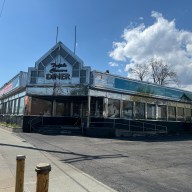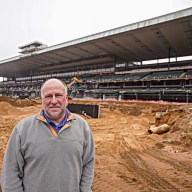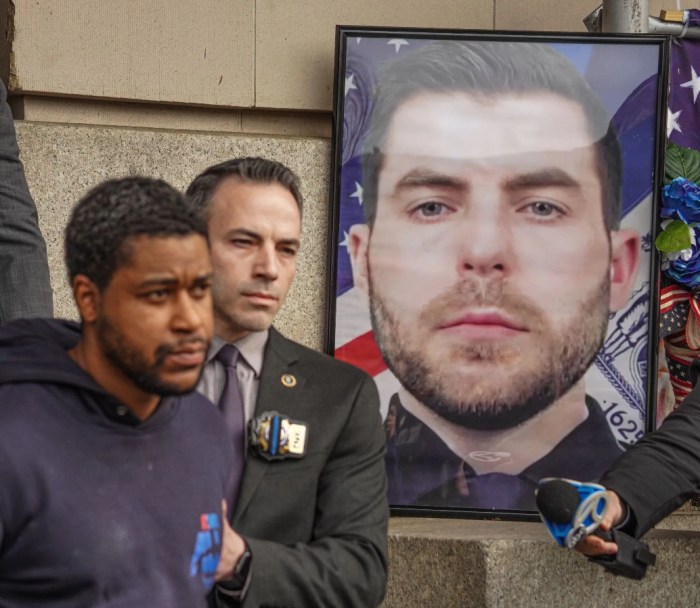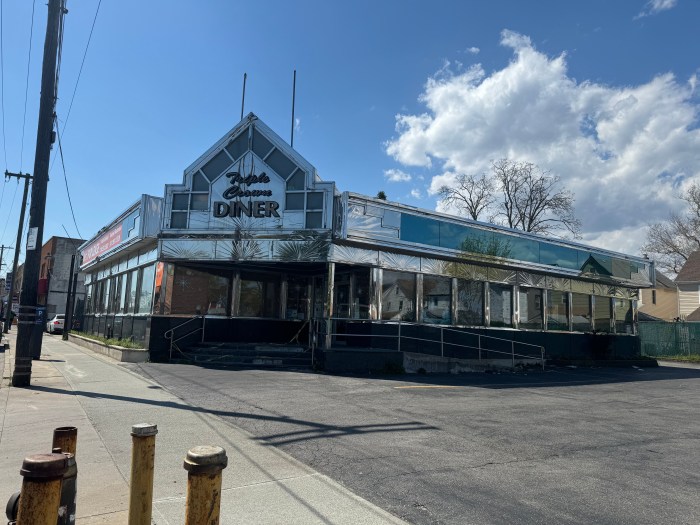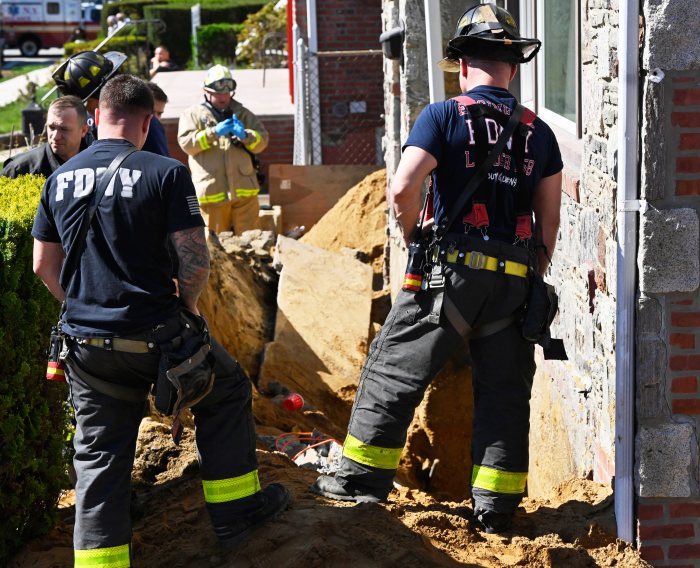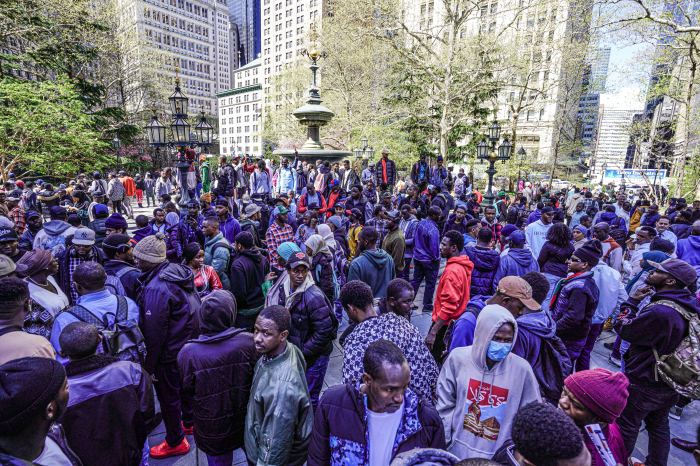Last Thursday that tomb was finally opened.
Representatives of Boymelgreen Developers, the theater’s new owner, led community…
By Alexander Dworkowitz
For 17 years, Flushing’s RKO Keith’s Theater has been sealed to the public, sitting like a tomb at the end of Main Street.
Last Thursday that tomb was finally opened.
Representatives of Boymelgreen Developers, the theater’s new owner, led community leaders on a tour of the building, the dilapidated piece of history that politicians, law enforcement, activists, and developer Tommy Huang have battled over since the day it closed in 1986.
In contrast with the theater’s history, no movies were played, no refreshments were served and no curtains were raised. Instead the group was treated to a tour of what Flushing activist Jerry Rotondi called “a colossal ruin:” three levels of Mexican Baroque design, once one of the borough’s architectural wonders, covered in dust, graffiti and debris.
The landmark theater had been opened to a group of visitors once before. In the early 1990s, Huang took community leaders on a similar tour, trying to prove he had cleaned part of it up.
In contrast to 10 years ago, the building’s owner hopes its doors will soon remain open for good.
In 1986, notorious Queens developer Tommy Huang purchased the building, shortly after the city landmarked its lobby and grand staircase.
Inspections that year, however, revealed damage to the landmarked portions, and work was stopped.
In 1999, Huang was convicted of a felony count of ignoring asbestos contamination and spilling hundreds of gallons of fuel oil in the basement. He received a sentence of five years’ probation and a $5,000 fine.
Boymelgreen, a Brooklyn company, bought the theater from Huang last year. Its management has developed a bold plan for the site, hoping to transform it into a 14-story complex of retail, offices and apartments. Boymelgreen has applied for a variance with the city.
Under Boymelgreen’s plans, the landmarked lobby and staircase would remain intact, but the rest of the theater would be torn down.
Despite the damage to the theater, its grandeur was still evident during the tour. Some of the wood and terra-cotta carvings in the lobby were chipped but still salvageable.
“I haven’t been in this place for 30 years- or more,” said Tyler Cassell, the president of the North Flushing Civic Association. “When I was a kid, I didn’t look at architecture. I was into movies.”
Cassell was not the only one who recalled visiting the theater.
“Everybody has a story about this place,” said Benjamin Klein, director of operations at Boymelgreen. “It’s amazing.”
But the state of the theater reminded everyone that its glory days were long past.
A thick cake of dust covered almost everything, and some visitors wore masks to avoid breathing it in. Graffiti tags marked several walls, and some rooms were buried in trash.
The light bulbs that lit the Keith’s flickered off every so often, leaving the carvings of the lobby in near darkness.
“It has a haunting kind of quality,” said state Assemblyman Barry Grodenchik (D-Flushing).
The group was led up two levels into the theater itself, where rows of seats descended to the dark stage.
“It’s like the Roman coliseum,” said Jeff Gottlieb, president of the Central Queens Historical Association and a representative of Assemblyman Brian McLaughlin (D-Flushing) as he peered down on the stage.
The Keith’s had 2,929 seats, making it the third largest theater in the borough, after the Triboro in Astoria and the Valencia in Jamaica, Gottlieb said.
Unlike the lobby, the theater is expected to be completely destroyed. While the lobby has been cleaned out and was relatively free of debris, the theater was barely lit and in complete disrepair. Reels of film sat on the steps, some of which were covered in broken glass.
“It looks like King Kong went berserk with a sledgehammer,” said Kim Ohanian, president of the Queensborough Hill Neighborhood Association.
Rotondi, however, was somewhat hopeful. He noted the condition of the Keith’s had changed little since he last entered on Huang’s tour in the early ‘90s.
“What is landmarked can be restored,” he said. “Hopefully, we’ll have a good project.”
Reach reporter Alexander Dworkowitz by e-mail at Timesledger@aol.com or call 718-229-0300 Ext. 141.









